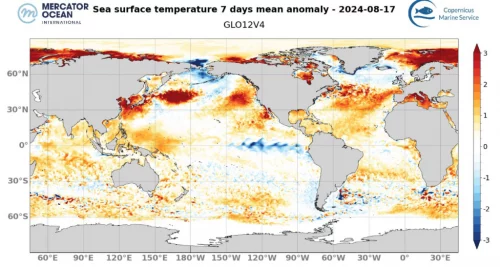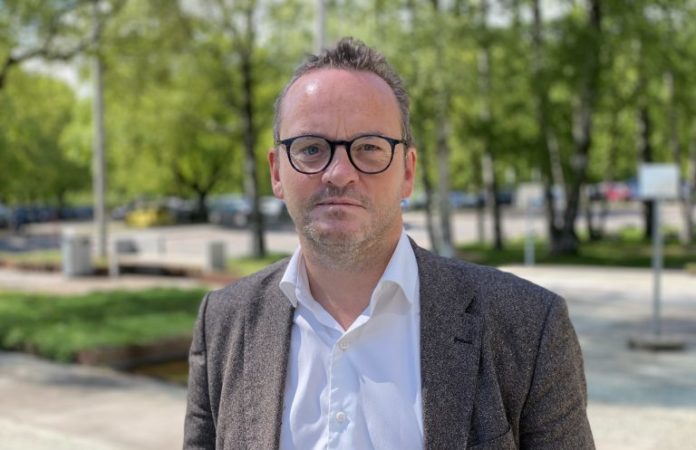The salmon industry in Northern Norway is facing an extraordinary sea lice situation due to unseasonably high sea temperatures.
The aquaculture industry in Northern Norway is grappling with an extraordinary sea lice situation due to unseasonably high sea temperatures, according to Seafood Norway (Sjømat Norge).
“Temperatures this summer are 4-5 degrees above normal, creating a situation that we are deeply concerned about,” said Geir Ove Ystmark, CEO of Sjømat Norge, in a statement on September 18, 2024.

Sea lice, which thrive in warmer waters, have become a major issue for salmon farms in the region, where cooler temperatures typically help control infestations. “Northern Norway usually benefits from lower sea temperatures, resulting in less lice pressure. This summer, however, the temperature spike has caused an unprecedented challenge,” Ystmark explained.
According to data from Havforskningsinstituttet, sea temperatures at the Eggum monitoring station in Lofoten reached 16.85°C, significantly higher than the usual 12-13°C for this time of year. As a result, “many farms are now exceeding the lice threshold of 0.5 adult female lice per fish,” Ystmark added.
The industry is struggling with capacity issues as the demand for delousing treatments surges. “The aquaculture sector uses wellboats and service vessels to carry out delousing, but when so many companies need treatments simultaneously, it creates capacity challenges in Northern Norway,” Ystmark noted.
Climate researchers have long warned of rising sea temperatures in the region. “We are concerned that these temperature changes are happening faster than we anticipated. This is worrying not only for the industry but also for the environment,” Ystmark said. He emphasized that the region’s limited infrastructure for dealing with lice outbreaks, owing to traditionally cooler waters, may need to be expanded.
“The situation we are experiencing now may become the new normal, and we need to prepare for that possibility,” Ystmark concluded.



